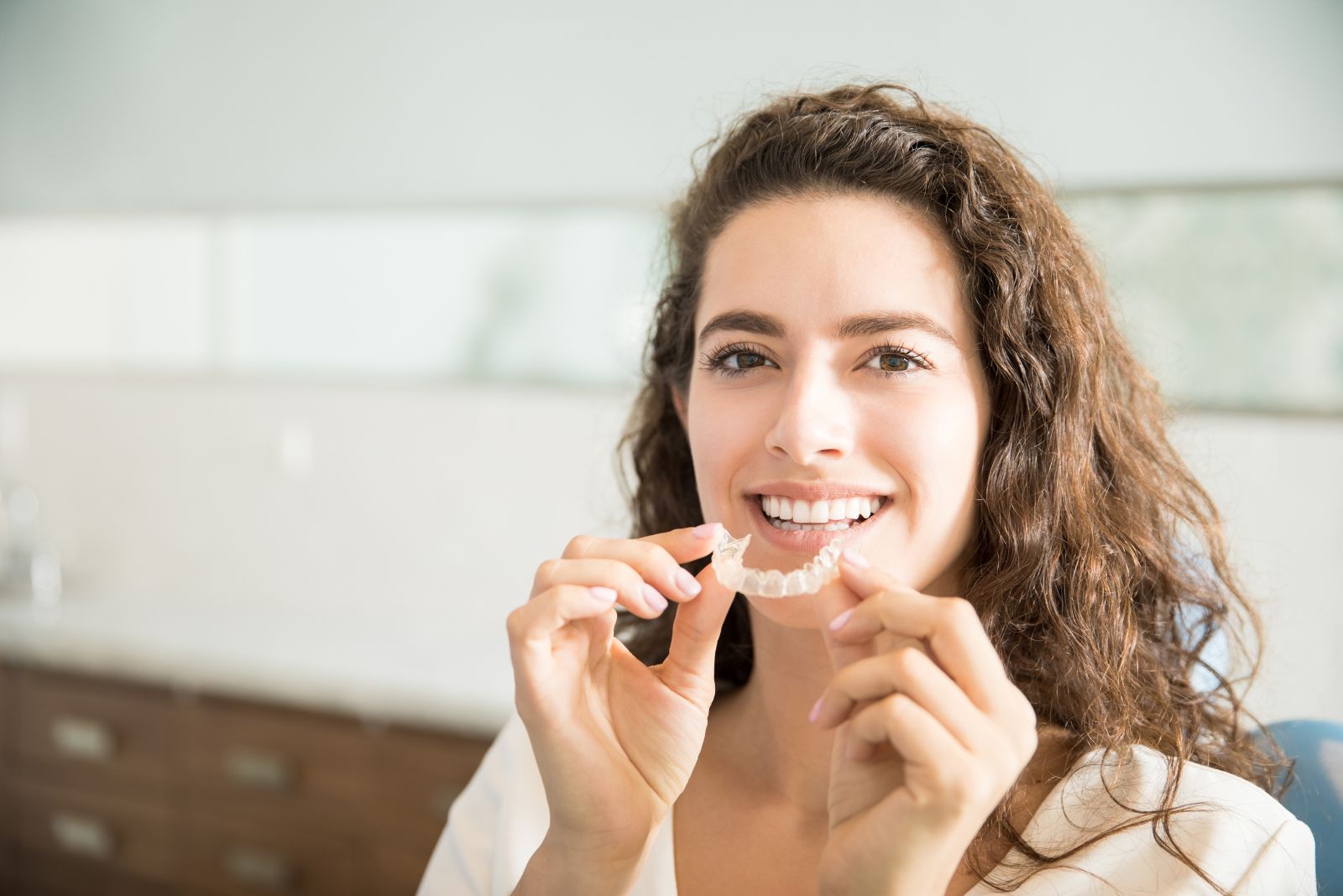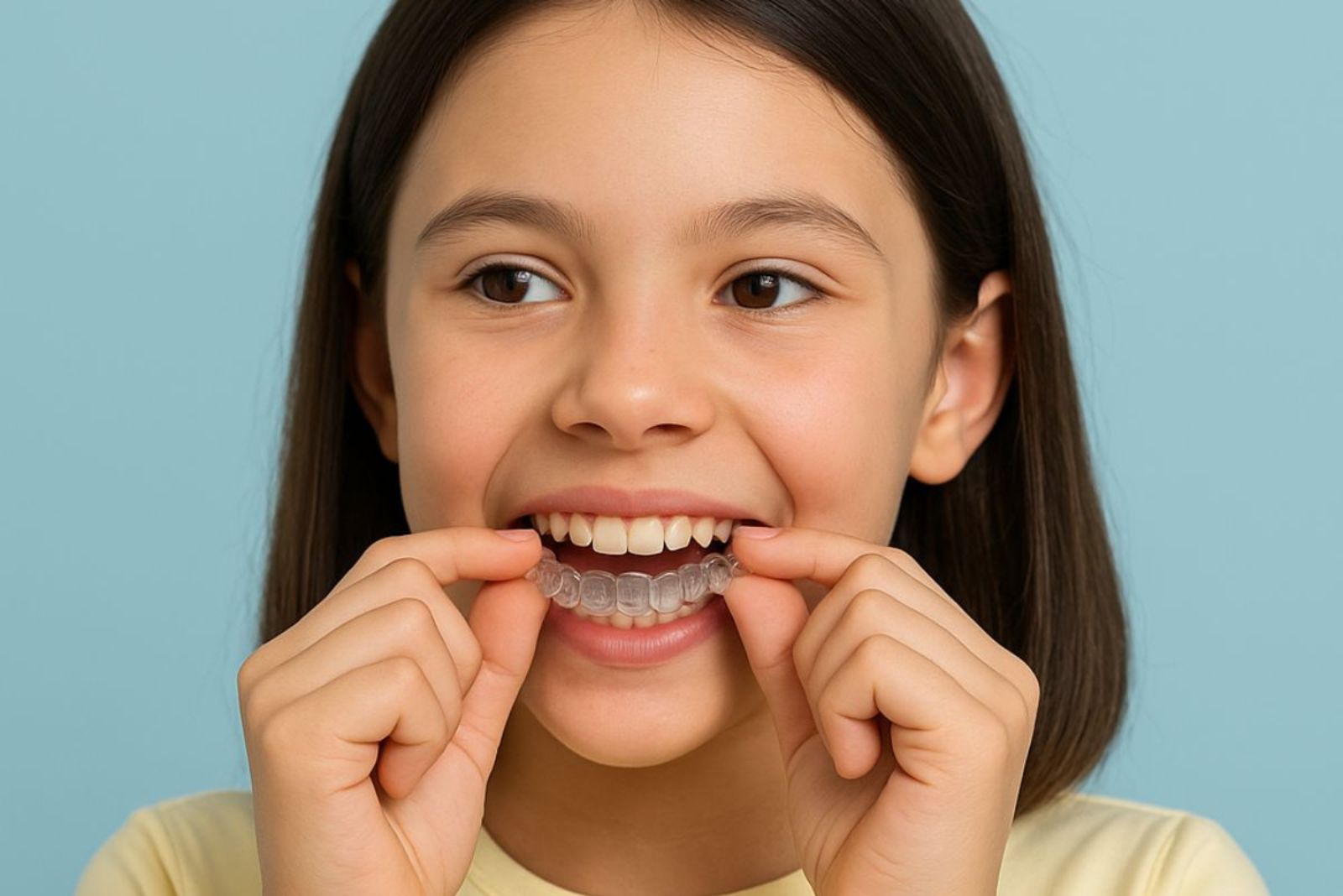Parents are often surprised when they hear their child may need a dental crown. After all, baby teeth eventually fall out, so why protect them?
The truth is that crowns can play a vital role in keeping children’s mouths healthy and functional.
When a tooth is badly decayed or damaged, a filling may not be enough, and that’s when dentists recommend a crown.
The most common question parents ask is: “Should my child get a stainless steel crown or a tooth colored crown?”
Both options serve the same purpose, protecting a weak tooth, but they have very different features. Let’s break down the differences in a simple, clear way.
Why Kids Might Need Crowns
Crowns are not just for adults. Children often need them for several reasons:
- Severe tooth decay: Cavities can spread quickly in baby teeth. When too much structure is lost, a filling won’t hold.
- Broken or weak teeth: Falls, sports injuries, or biting into hard foods can cause damage.
- Developmental issues: Some children’s teeth don’t form properly and need extra protection.
- Space maintenance: Baby teeth hold the place for adult teeth. If one is lost too early, it can affect alignment. Crowns help the tooth stay until it’s naturally ready to fall out.
Even though baby teeth aren’t permanent, keeping them healthy is important because they help children speak clearly, chew properly, and guide adult teeth into the right place.
Strong baby teeth also lower the chances of future alignment problems that might need orthodontics in Methuen.
What Are Stainless Steel Crowns?
Stainless steel crowns (SSCs) have been the “go to” choice in children’s dentistry for decades. They are silver coloured metal caps that cover the entire tooth.
Advantages of Stainless Steel Crowns
- Durability: These crowns are incredibly tough. They rarely break and can handle chewing forces well.
- Cost effective: They are usually less expensive than tooth colored options.
- Fast placement: Dentists can fit them more quickly, which means less time in the chair for squirmy kids.
- Proven track record: Decades of successful use make them a reliable option.
Limitations of Stainless Steel Crowns
- Appearance: The silver look is noticeable, especially on front teeth. This can make some parents or children feel self conscious.
- Metal sensitivity: While rare, a few children may have mild reactions to the metals used.
- Not aesthetic for visible teeth: They work best on molars, which are at the back of the mouth.
What Are Tooth Colored Crowns?
Tooth colored crowns are designed to blend in with natural teeth. They can be made from materials like composite resin, zirconia, or porcelain fused to metal.
Advantages of Tooth Colored Crowns
- Natural look: They match the surrounding teeth, making them almost unnoticeable.
- Confidence: Parents often prefer them for front teeth so their child’s smile looks natural in photos and daily life.
- Growing popularity: More dentists are offering them as families request cosmetic options.
Limitations of Tooth Colored Crowns
- Cost: These crowns are more expensive than stainless steel.
- Durability concerns: While strong, some materials are more likely to chip or wear down over time.
- More technique sensitive: Placement can take longer and requires extra care from the dentist.
Comparing the Two: Key Differences

Strength and Durability
- Stainless steel crowns are generally stronger and last longer on baby molars.
- Tooth colored crowns may need replacement if they chip or wear down.
Cost
- Stainless steel is more affordable.
- Tooth colored crowns are pricier due to materials and technique.
Appearance
- Stainless steel is noticeable.
- Tooth colored blends naturally.
Placement Process
- Stainless steel is quick and straightforward.
- Tooth colored requires more precision and time.
Longevity
- For baby teeth that will fall out in a few years, stainless steel often makes sense.
- For permanent teeth, tooth colored crowns are usually preferred.
How Dentists Decide Which Crown to Use
The choice isn’t always up to the parent alone. Dentists make recommendations based on:
- Age of the child: Younger kids may benefit from the durability of stainless steel.
- Location of the tooth: Molars at the back are better suited for stainless steel, while front teeth may look best with tooth colored crowns.
- Amount of damage: Severely broken teeth may need the strength of metal.
- Parental preference: Some families prioritise looks, while others focus on cost or strength.
Real Life Example in Methuen
Imagine a child in Methuen with a badly decayed molar. The dentist explains two options: a silver stainless steel crown that will last until the tooth falls out, or a tooth colored crown that looks natural but may not be quite as strong.
At Happy Hoppers Pediatric Dentistry and Braces, dentists often talk through these choices with families. The goal is to help parents feel comfortable and confident about whichever crown is chosen.
Orthodontic Considerations
Crowns can also play a role in how children’s teeth line up over time. A poorly shaped or oversized crown could affect spacing. That’s why dentists carefully design crowns so they work with the natural bite and future growth.
Later on, if a child needs braces, crowns should not interfere with treatment. In fact, many orthodontists work closely with pediatric dentists to make sure everything fits together.
For families exploring braces, orthodontics in Methuen can complement restorative work like crowns, creating a smooth path for long term dental health.
In another case, a child may already be preparing for braces when they need a dental crown in Methuen. The dentist will consider the orthodontic plan before choosing the type of crown.
This teamwork helps prevent issues later and makes the process easier for the child. That’s one reason parents researching orthodontics often ask how crowns fit into the bigger picture of oral care.
Helping Parents Make the Choice
Choosing between stainless steel and tooth colored crowns can feel stressful at first. But it usually comes down to balancing three factors:
- Durability vs. appearance: Do you want the strongest option, or the most natural look?
- Budget: Tooth colored crowns cost more, which may matter for some families.
- Tooth location: Back teeth handle more chewing, so stainless steel often makes sense. Front teeth, which are visible when smiling, are better suited for tooth colored crowns.
Parents should ask plenty of questions and discuss concerns openly with the dentist. Every child’s needs are a little different, so there’s no “one size fits all” answer, which is why regular dental visits are so important for personalised care, especially when considering treatments like a dental crown.
Conclusion
Stainless steel and tooth colored crowns both have a place in children’s dentistry. Stainless steel crowns are strong, reliable, and cost effective, ideal for molars that do a lot of chewing. Tooth colored crowns offer a more natural appearance and are especially useful for front teeth.
The best choice depends on your child’s age, the tooth involved, and your family’s preferences. Both options protect your child’s oral health and keep their smile functional.
If your child’s dentist recommends a crown, remember, it’s not a sign of failure but a smart step to protect your child’s future smile. Families in Methuen can feel confident knowing there are reliable options available and caring professionals ready to help guide them.
Sources:








